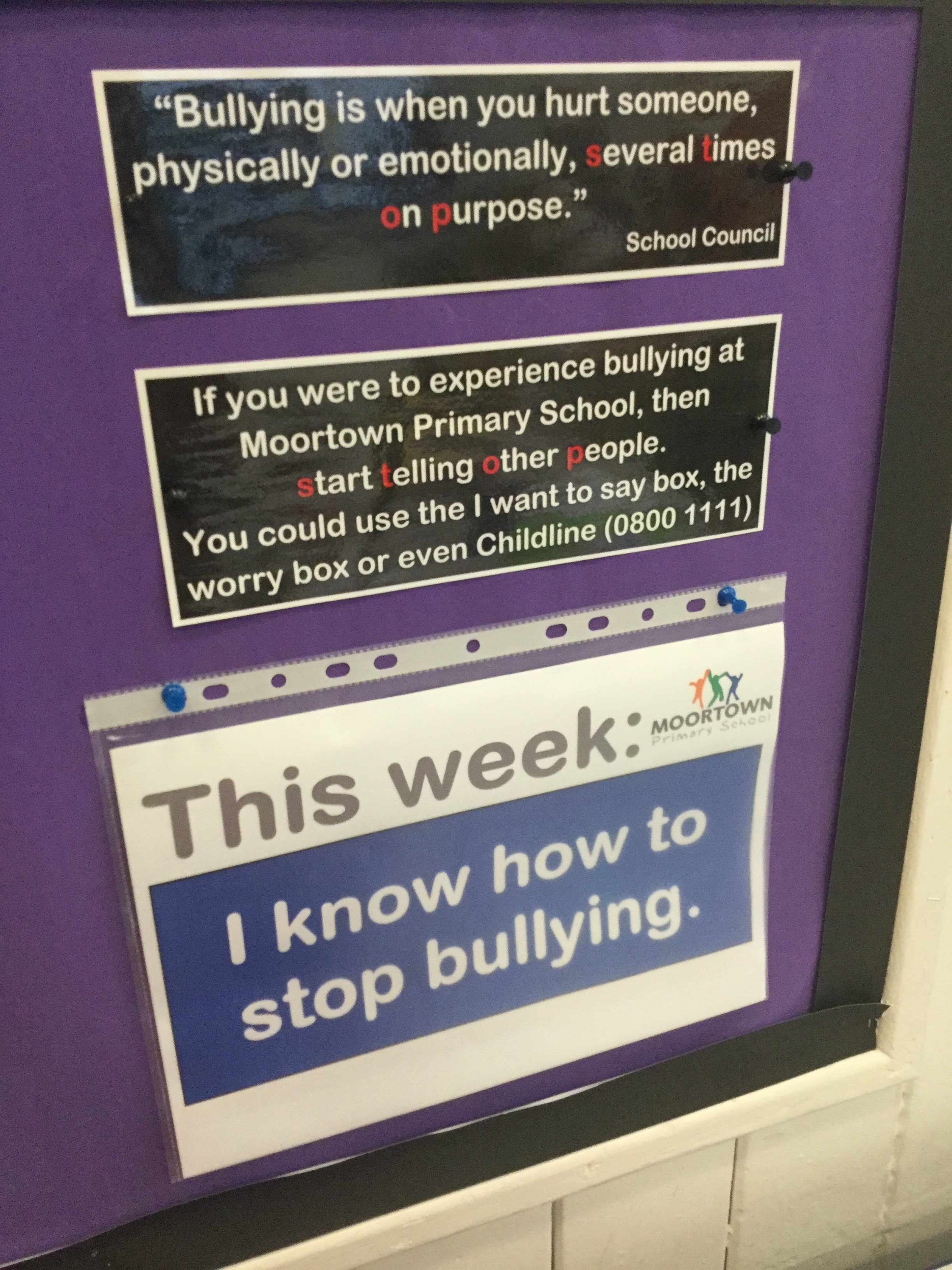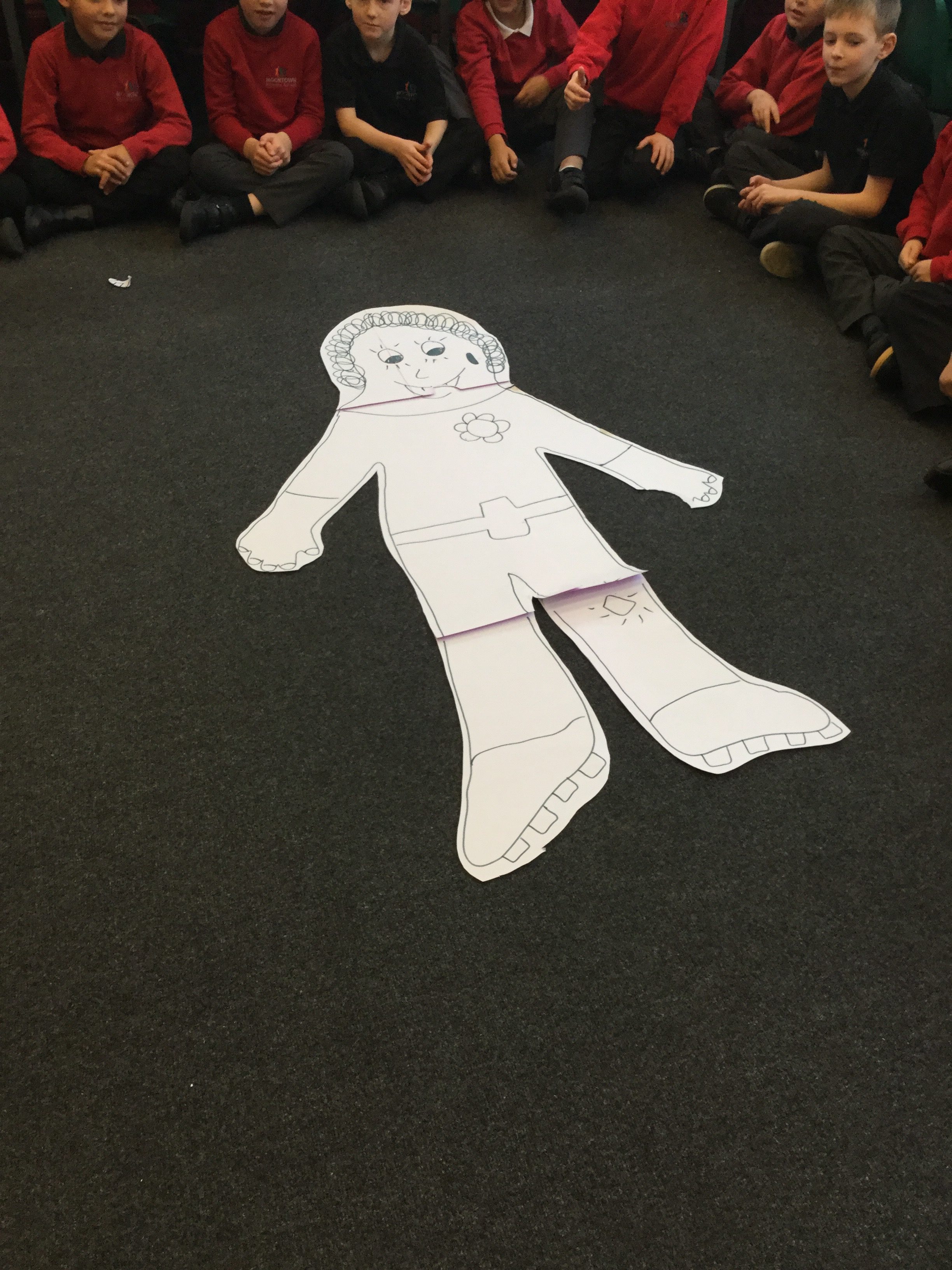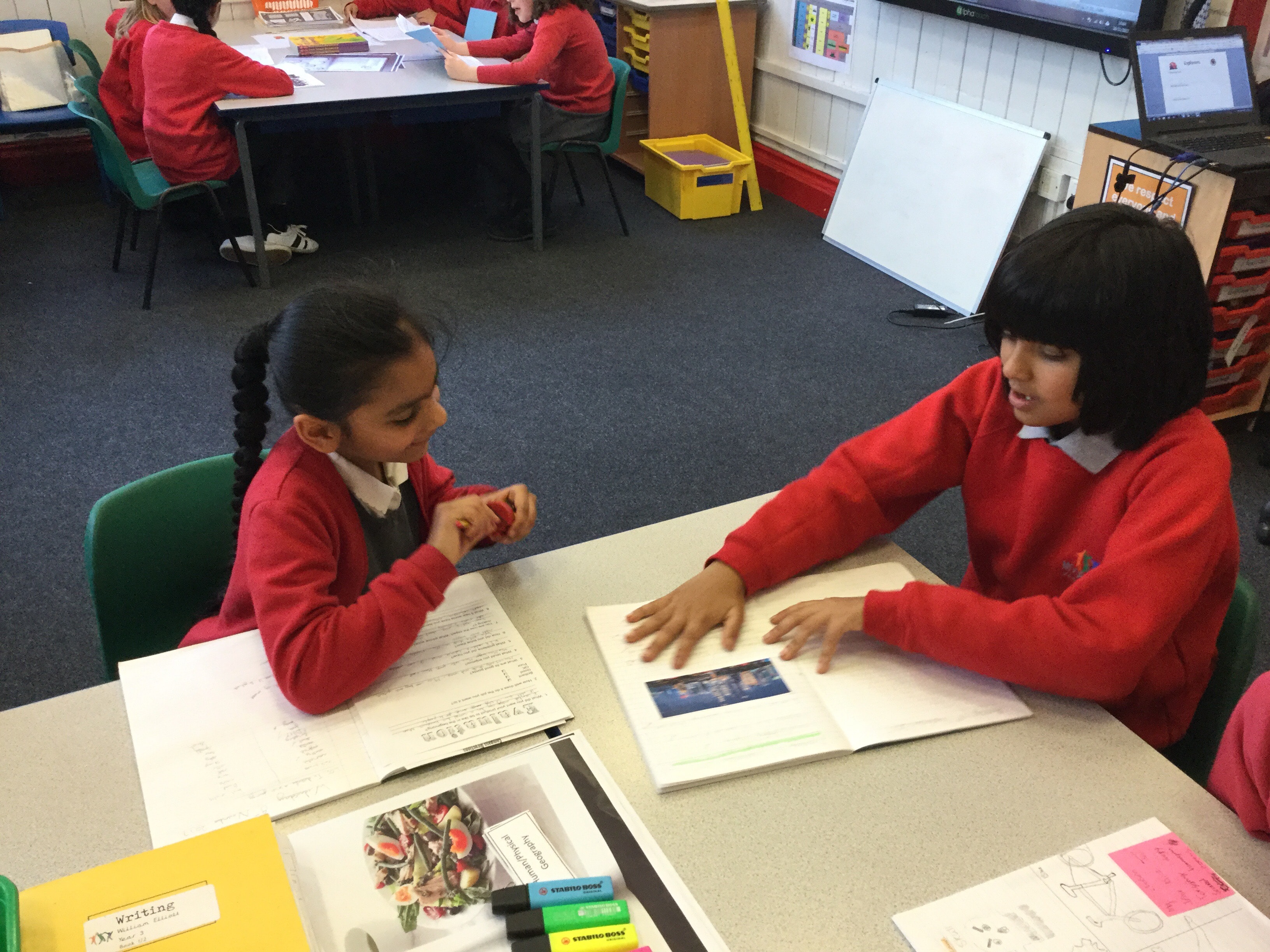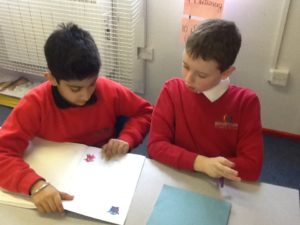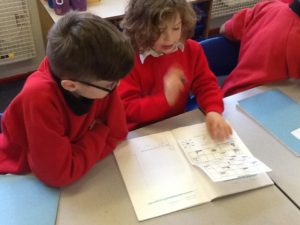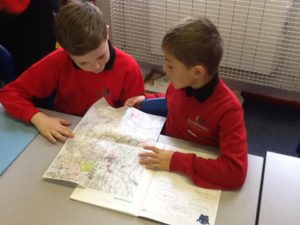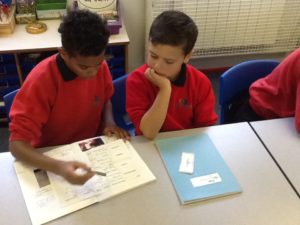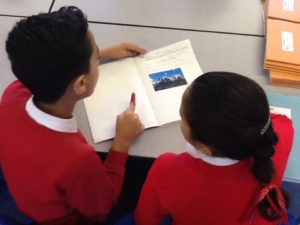Anti-Bullying Dance Workshop
Written by Grace and Noorpreet…
The dance workshop, for anti-bullying week, was great fun because we got to dance to songs. Each song was written by an artist who experienced bullying when they were younger. Our song was by Little Mix (Salute), encouraging us to stand up for ourselves. Near the end of the day, we got to share all of our dances, as did the the rest of KS2, and showed it to the rest of the school.
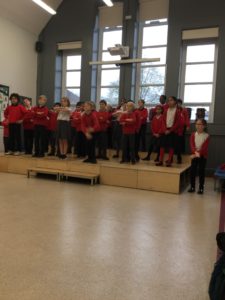
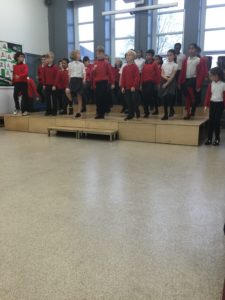
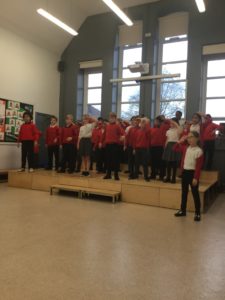
Homework Review
Written by Lori and Nicky…
First, we went looking around at each other’s homework, which was excellent of course. After that, we watched Danny’s presentation. Then, we threw the bean bag around to see which one people liked the most.
Here’s a few examples of our favourite responses:


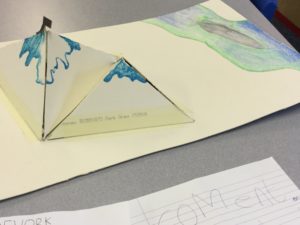
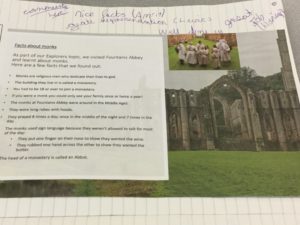
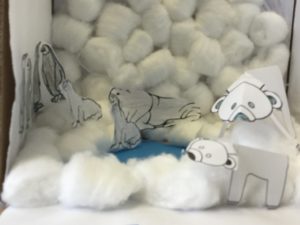
From STOP to Takeover Day – Year 3’s Weekly Round-Up
This week’s Living and Learning theme was: “I know how to stop bullying”. This underpinned a lot of what we covered in class.
In our Living and Learning session, we discussed the impact that our words have on others.
Using our ‘friend’, we took it in turns to say mean things about them. With every hurtful comment, we ripped our friend to pieces.


Once there was nothing left of our friend, we took it in turns to say nice things about them, putting them back together as we did so.
We were able to put our friend back together, but what do you notice? Our words had changed our friend. We discussed how important it is to build each other up and understand the power of words.
In reading and writing sessions this week, we have analysed instructions by following some to make our own treasure maps (Learning Objective: Retrieving Information)…




…and collecting a word bank of appealing recipe language (Learning Objective: Which words interest the reader?).




In maths, (Learning Objective: Multiplying and Dividing By 4) we’ve used story problems and bar models to support our learning. We’ve used reasoning skills to explain if diagrams were true or false:

Thank you to the masses of parents that came to our assembly on Wednesday! The hard work you’ve been putting in at home really shone through.

On Thursday, we had some visitors from Y6 to share opinions with and discuss our learning.
Friday brought with it the long-awaited Takeover Day! Roles were shared amongst the class such as “Star Chart Monitor” and “Register Taker”. Children were extremely enthusiastic and relished the responsibility! They even asked if they could take on more chores at home!



Well done to certificate winner Emily, for always knowing the right thing to do, especially how to stop bullying, and all of Year 3 for their fantastic assembly using all the 8 Rs for learning.
Money
This morning we’ve been combining coins to make amounts. We’ve spotted that there are different ways to make the same amount. 





Celebrating learning
It’s the end of our Explorers topic this week and we’ve spent time reflecting on what we have learned.
This morning, we met with our Year 1 friends to discuss the topic. We looked at each other’s topic books and talked about the different learning. Next, we looked at some specific skills which we might have used during the topic (e.g. comparing and contrasting, teamwork, problem solving) and found pieces of learning which evidenced these skills.
The children were questioning each other about their learning.
- “Tell me about this work. What did you find out?”
- “Explain this learning to me.”
- “Would you like to do any of the activities again and why?”
Have a look through our photos showing how we celebrated our learning.
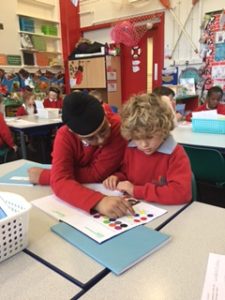
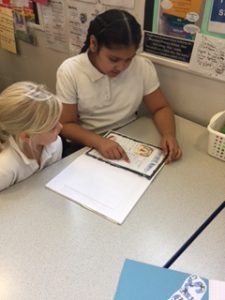
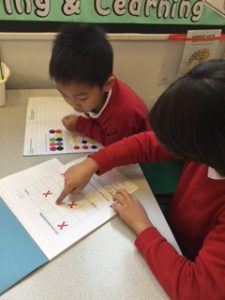
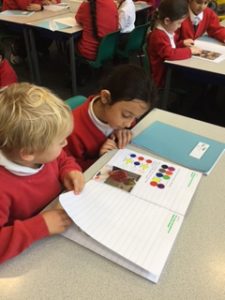


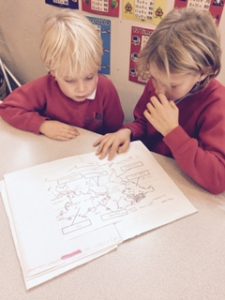


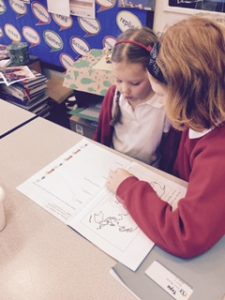
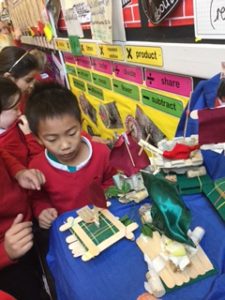
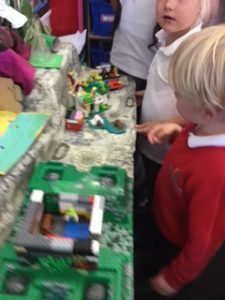
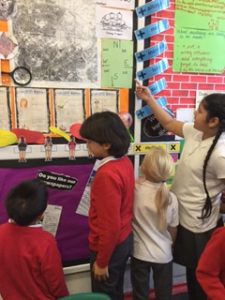

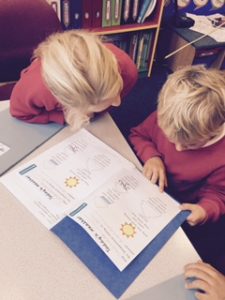
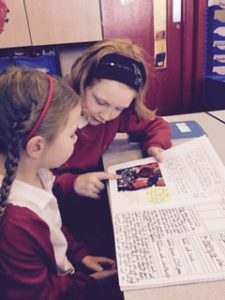
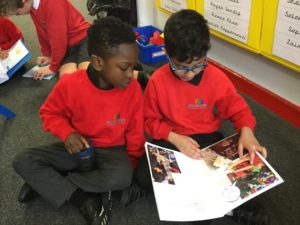

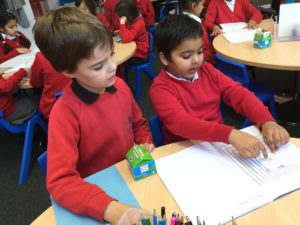
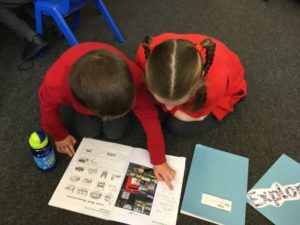
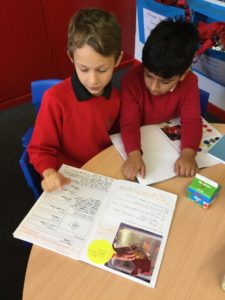
Topic Review
Alas! We have come to the end of our Explorers Topic – one which we’ve all really enjoyed. We always take a look back on topic learning by reflecting on the work in our topic books, looking at news posts, recalling our favourite learning and discussing the skills we’ve developed along the way.
Year 6 came up with loads of learning we’ve done throughout this eight week topic:
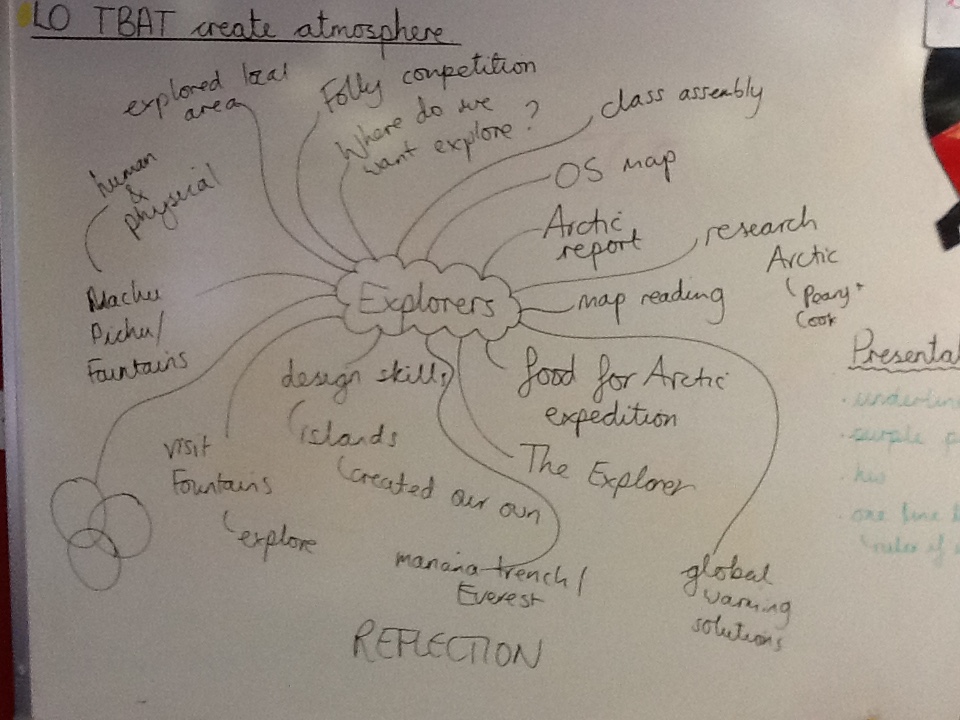
In pairs we then thought about what our favourite learning had been and we created a diamond nine to show this:
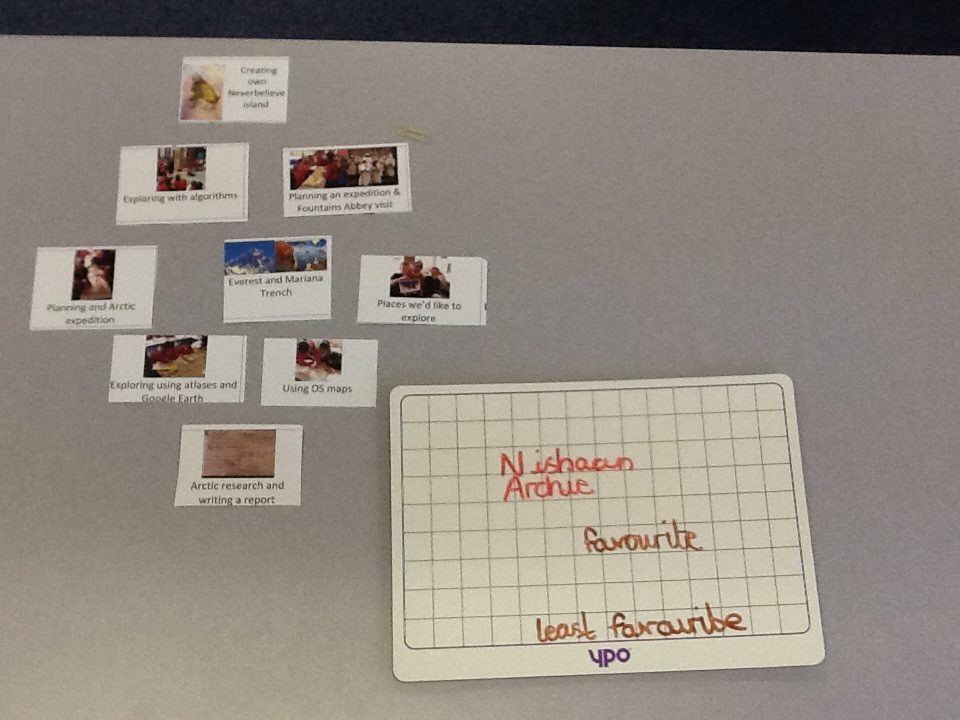
Then, we rearranged our thoughts to reflect on which activities helped us to learn the most:

Finally, we thought about how our learning related to the real world and ordered it in terms of which has been most important:
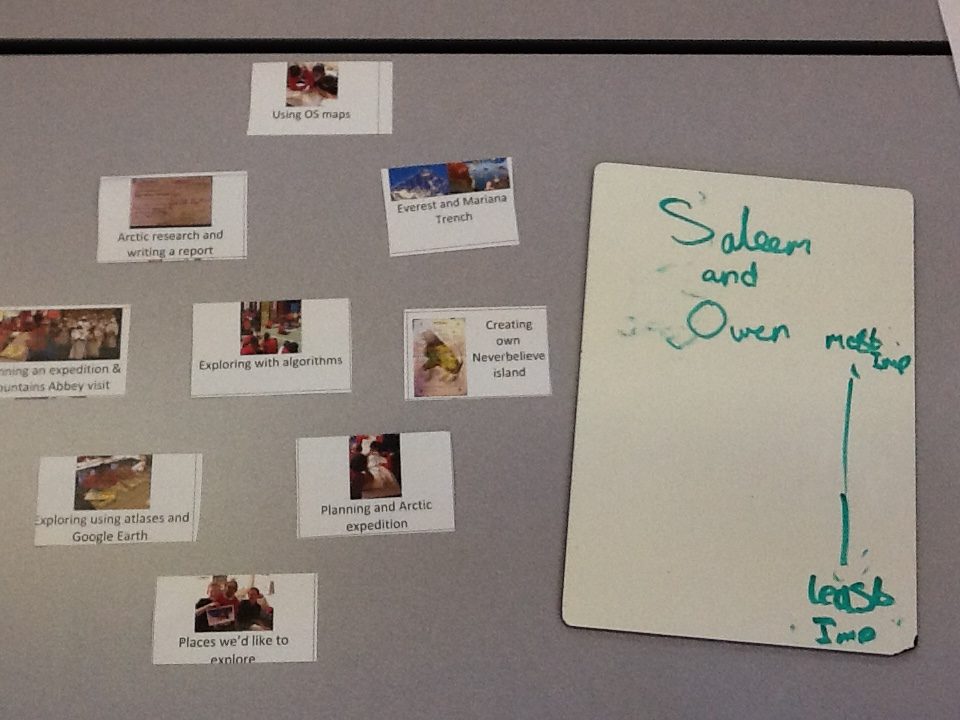
Year 3 came to visit us today as well so that we could share our topic learning with each other. First, Year 3 took the Year 6s on a tour of their topic book, explaining their learning as they went and then Year 6 took the role of tour guide.
We finished off by looking at each other’s diamond nines and the Year 6s guessed how Year 3 would have ordered their learning from favourite to least favourite.
Dance Workshop
All of Key Stage 2 took part in a dance workshop today, dancing to songs sung by artists who had experienced bullying. Year 6 dance to Justin Bieber and had a great time with quite a complicated routine.
Here we are preparing for our big performance.

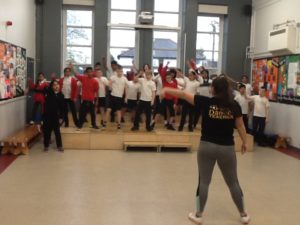
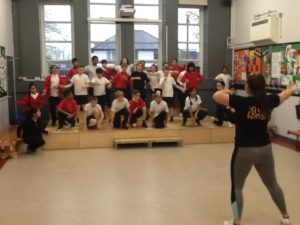
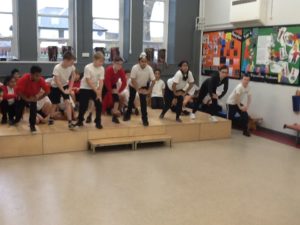
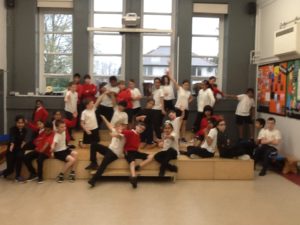
At the end of the day, we performed our routine to the school and enjoyed watching what the other classes had prepared too. This is all part of anti-bullying week which has involved us discussing what bullying is in class too: different types of bullying; suggestions for it you are bullied; suggestions for if you see bullying; and why a bully might be making those choices. Ask us about the discussions we’ve had at home and see what we remember.
Explorers – topic review
It’s the end of our Explorers topic this week and we’ve spent time reflecting on what we have learned.
This morning, we met with our Year 5 friends to discuss the topic. We looked at each other’s topic books and talked about the different learning we did during the topic. Next, we looked at some specific skills which we might have used during the topic (e.g. comparing and contrasting, working with others, problem solving) and found pieces of learning which evidenced these skills.



Mindfull or mindful?
Would you like to find out more about mindfulness and how it can be used to support your child at home?
As part of our whole school themed week next week, all children will be taking part in mindfulness workshops. There’ll also be a parent/carer session on Monday 20 November at 2:30-3:15pm.
Please contact the office if you would like to attend.

Who do you think you are?
In preparation for our themed week next week (20 November), it would be great if your child could bring in a photo of themselves as a baby and also something that is special to them. This could be a photo of special people, a special place or an object for the children to explain to the class so we can celebrate how we are all different but all equal.
We’ll use these in class on Monday 20 November if your child could bring them in on the day or Friday 17 November.
